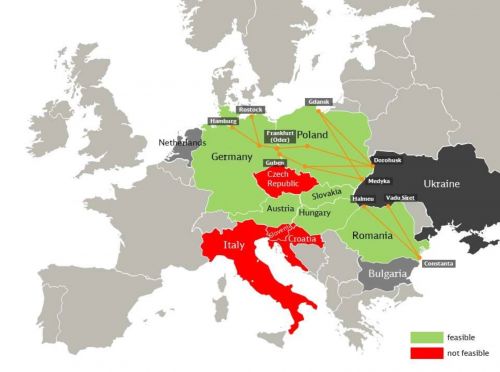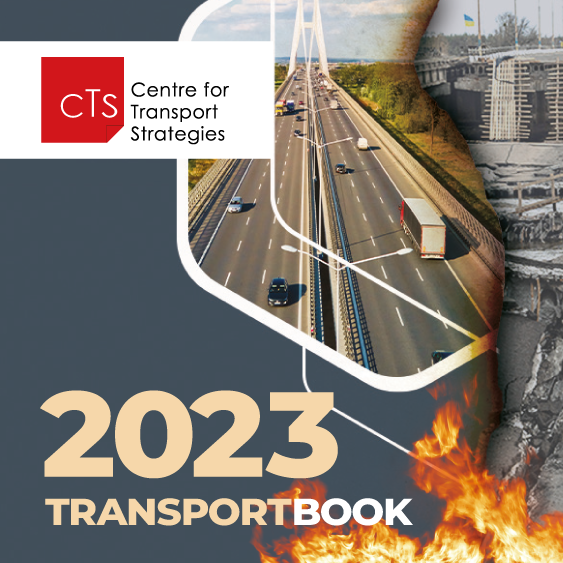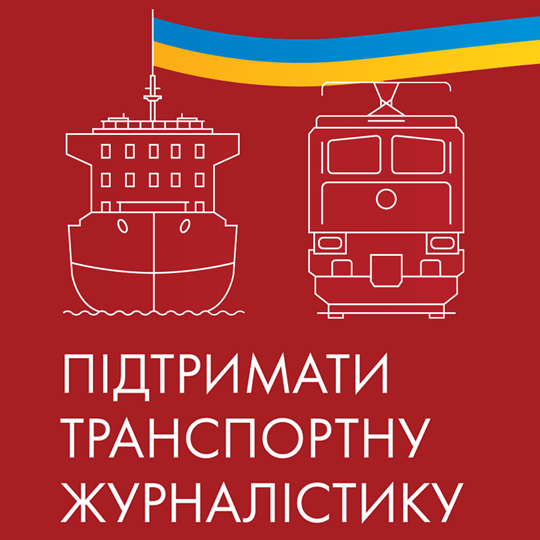DB Engineering & Consulting, a German consulting company, has identified several routes on which Ukrainian grain hoppers are compatible with the European rail infrastructure and can reach four seaports.
The CFTS portal reported this, citing the Rail Freight publication.
The company conducted a feasibility study on behalf of the Ukrainian Railways joint-stock company (Ukrzaliznytsia).
According to the consulting company, Ukrainian hopper cars are taller and wider than European ones. Therefore, the challenge was to investigate whether seaports could be reached and whether the Ukrainian hoppers would still be compatible with the European rail infrastructure.
The goal of this project was to analyze the technical and operational compatibility of various types of Ukrainian hopper cars on their way to 12 selected ports in central and western Europe (Poland, Lithuania, Germany, the Netherlands, Italy, Croatia, Slovenia, and the Czech Republic) and south-eastern Europe (Bulgaria and Romania) and close to Ukraine’s borders, the consulting company said.
The main research question was: “Which routes connected to the selected seaports are technically feasible (in terms of clearance profile compatibility) for which type of Ukrainian hopper car?”
According to the consulting company, the results reveal the European routes that are feasible (in terms of clearance profile compatibility) for the grain exports transported by 19-752-type freight cars, which represent approximately 90% of the total Ukrainian fleet available for operations in the EU.
In total, 10 routes were found feasible and four ports were identified that can be reached: Constanta in Romania, Gdansk in Poland, and Rostock and Hamburg in Germany.
Four countries were also identified as unsuitable for transportation (Italy, Croatia, Slovenia, and the Czech Republic) because the nearby seaports such as Rijeka, Trieste, or Genoa are not acceptable options as final destinations for Ukrainian hoppers.
"In the next steps, the remaining issues on the technical compatibility with European standards have to be addressed and resolved, such as safety regulations, noise reduction, and certification of bogie-changing systems (ECM certificate)," DB Engineering & Consulting said.
Hopper cars can hold much larger amounts of agricultural cargo than containers. Therefore, most companies consider them the most suitable transport equipment. However, some are in favor of switching to containers.
When using open/hopper cars, it takes 24 hours to restart a train. However, container flatcars cut congestion to 2-4 hours per train.





